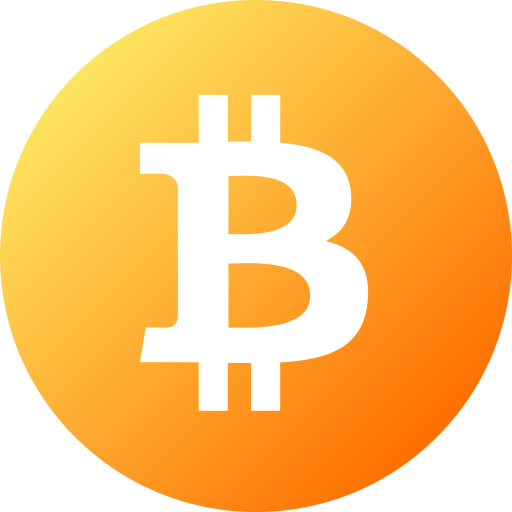Finance, Stablecoins, Fireblocks, Custody, Exclusive Ran Goldi, SVP of funds at Fireblocks, opinions the strategic strikes as stablecoin issuers look to nook the market.
The competitors for stablecoin dominance is getting into a 3rd part and corporations resembling Tether, issuer of the biggest token, and Circle, the No. 2, are establishing their positions because the business faces elevated regulation within the type of the European Union’s Markets in Crypto Assets (MiCA) regime and U.S. laws that’s working its method via Congress, in keeping with digital asset cryptography and custody specialists Fireblocks.
This newest stage will characteristic banks, massive and small, in addition to incumbent cost companies which might be weighing up one of the best ways to combine the tokens into their current companies, in keeping with Ran Goldi, SVP of funds at Fireblocks.
Stablecoins, blockchain-based tokens that mimic U.S. {dollars} for essentially the most half, have change into massive enterprise. Tether’s USDT is the clear chief, with a market cap near $145 billion. Circle’s USDC has over $60 billion in circulation and the corporate is contemplating a public listing on the New York Stock Exchange. The stablecoin market might develop to $2 trillion by the end of 2028, Standard Chartered mentioned in a Tuesday notice.
“We are going to see banks issuing stablecoins, as they are under MiCA,” Goldi mentioned in an interview. “You are seeing monetary establishments which might be fintechs getting into resembling Robinhood, Ripple and Revolut. By the top of this 12 months, you’ll see possibly 50 extra stablecoins.
The business has already handed via two phases, Goldi mentioned. The first occurred when USDC went up in opposition to U.S. regulated buying and selling agency Paxos, which had partnered with crypto trade Binance to concern BUSD. For regulatory causes Paxos had to drop BUSD and so Circle received that spherical, Goldi mentioned, including that Paxos’ new USDG consortium is rising in stature and prone to play a serious position sooner or later.
The second stage was between Circle and Tether.
“USDC was trying to be bigger than USDT, but then USDC tumbled a bit with the collapse of Silicon Valley Bank etc. It was harder for people to accept that product, especially people outside the U.S. Meanwhile USDT has really grown tremendously. I think USDT will remain the dominant dollar stablecoin outside of the U.S. I believe Circle will have to put up a really good fight, which they’ve done in the past and are very good at doing.”
It’s value noting, although, that USDC is licensed beneath MiCA, giving it entry to 27 EU nations with a complete inhabitants of about 450 million folks. USDT is just not.
Growth in worldwide funds
Stablecoins grew to prominence as an important method of transferring cash between unstable cryptocurrencies, assembly a selected want given the business’s scarcity of fiat on and off ramps. Dollar-pegged cash of assorted kinds blossomed additional with the explosion of decentralized finance (DeFi).
Looking additional again, the early days of crypto present an evolution of cost service suppliers (PSPs), beginning with those that wished to make use of cryptocurrencies to settle their payments. This was adopted by a second wave of business-to-business PSPs like Bridge, recently acquired by Stripe, and Zero Hash, Alfred Pay, Conduit and others.
“Some of these PSPs are firms you may not have heard much about, but they are actually moving billions in stablecoins, servicing businesses to pay to other businesses most of the time,” Goldi mentioned. He identified that lower than 20% of Fireblocks’ whole transaction quantity was stablecoins in 2020, rising to some 54% final 12 months.
For a typical use case, think about an importer in Brazil that wishes to usher in a container and pay somebody in Turkey or in Singapore. It takes the Brazilian reals, converts them to a stablecoin, and both sends the funds on to the exporter or modifications them to the vacation spot forex and pays with that, Goldi mentioned.
Some banks have already caught on to the cross-border funds use case, with the likes of Braza Bank in Brazil, BTG Bank and DBS in Singapore catering to enterprise shoppers with accounts that assist stablecoins. Others are nonetheless weighing the very best use case for them.
“We have been approached by dozens of banks,” Goldi mentioned. “They are asking whether they should be on/off ramps, or holding reserves, or perhaps they are thinking about issuing a stablecoin. There are several things banks can do to make money out of stablecoins, from credit to on/off ramps to FX.”
Based on these conversations, Goldi mentioned he believes many of the banks are writing strategic plans that can in all probability be submitted by the top of this quarter.
“It will be interesting to see if banks build something on their own, or use BNY Mellon, for instance, that serves banks, or a vendor like Fireblocks. I think the large tier-1 banks like JPMorgan, Citi and Morgan Stanley will build their own tech, while the tier-2 banks will want to use some hosted tech provider,” Goldi mentioned. “Of course they’re banks and so they transfer slowly, so I feel they’d be seeking to approve these plans by the top of this 12 months and maybe do one thing in 2026.
CoinDesk: Bitcoin, Ethereum, Crypto News and Price Data Read More
